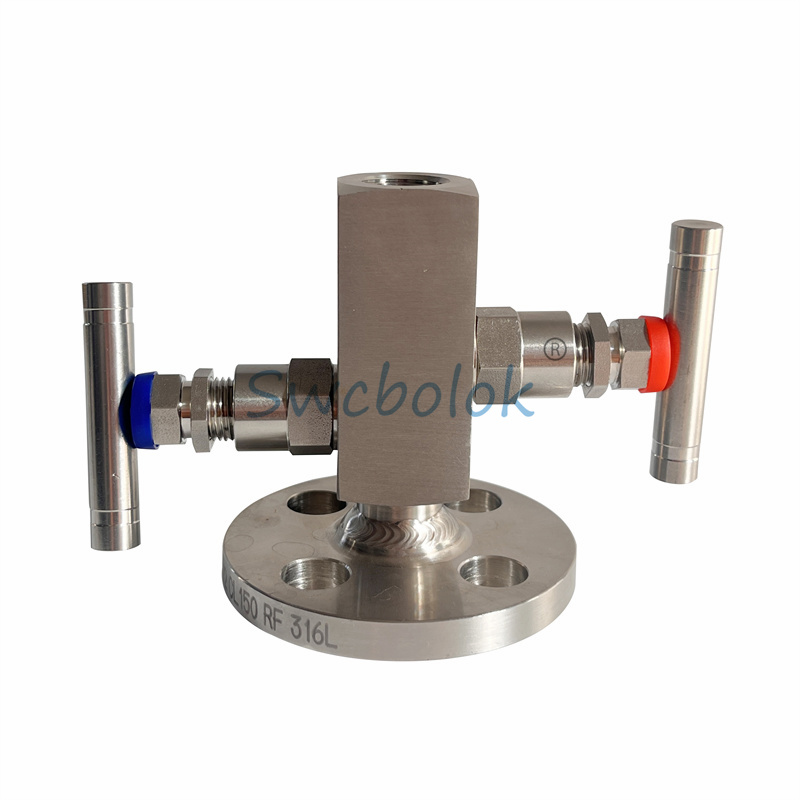The material selection of welded pipe joints should comprehensively consider factors such as medium characteristics, working pressure, temperature environment, and corrosion resistance. Common materials are mainly divided into two categories: metallic materials and non-metallic materials. The following is a specific introduction:
1、 Metal material
1. Carbon Steel
Common types: Q235, 20 # steel, 35 # steel, 45 # steel and other carbon structural steels, as well as Q345 (low-alloy high-strength steel).
Features: High strength, low cost, easy to weld, but poor corrosion resistance, suitable for non corrosive media.
Application scenarios: General industrial pipelines (such as water supply and drainage, compressed air pipelines), low-pressure hydraulic systems, ordinary mechanical pipelines, etc., with a working temperature usually not exceeding 450 ℃.
2. Stainless Steel
Common types:
304 stainless steel: chromium nickel alloy, better corrosion resistance than carbon steel, non-magnetic, widely used.
316 stainless steel: Adding molybdenum element enhances its resistance to acid, alkali, seawater, and chloride corrosion.
316L/304L: Low carbon stainless steel with better resistance to intergranular corrosion.
Features: Strong corrosion resistance, high temperature resistance (up to 650 ℃ or above), smooth surface without easy scaling, and good weldability.
Application scenarios: chemical, food, pharmaceutical industries (for pipelines that come into contact with corrosive media or require hygiene standards), marine engineering, aerospace, etc.
3. Alloy Steel
Common types: 12Cr1MoV, 15CrMo, 40Cr and other chromium molybdenum alloy steels.
Features: High strength, high wear resistance, high temperature resistance (up to 550 ℃ or above) and high pressure resistance. Preheating and heat treatment are required during welding.
Application scenarios: High temperature and high pressure steam pipelines in power plants, high-pressure pipelines in petroleum refining, high-pressure hydraulic systems, etc.
4. Copper and Copper Alloys
Common types: purple copper (T2), brass (H62, H68), bronze (tin bronze, aluminum bronze).
Characteristics: Good thermal conductivity, strong corrosion resistance (especially resistant to seawater corrosion), easy to weld (purple copper can be welded by gas welding or argon arc welding), but the strength is relatively low.
Application scenarios: refrigeration system pipelines (such as air conditioning, refrigerator copper pipes), marine seawater pipelines, instrument pipelines, etc.
5. Aluminum Alloy
Common types: 6061, 6063 aluminum alloy (heat treated strengthened type).
Features: Light weight, good corrosion resistance (easy formation of oxide film on the surface), welding requires argon arc welding and other processes.
Application scenarios: aerospace lightweight pipelines, automotive braking systems, ship lightweight pipelines, etc.
6. Titanium and Titanium Alloys
Features: Low density, high strength, resistant to strong acids, alkalis, and seawater corrosion, high temperature resistance (up to 500 ℃), but high welding cost.
Application scenarios: Marine engineering, chemical industry (such as chlor alkali industry), aerospace and other high-end corrosion-resistant fields.
2、 Non metallic material
1. Plastic
Common types:
PVC (polyvinyl chloride): Good acid and alkali resistance, low cost, but poor temperature resistance (≤ 60 ℃).
PP (polypropylene): It has better temperature resistance than PVC (≤ 100 ℃) and good impact resistance.
PE (polyethylene): Good flexibility, suitable for low-pressure water pipes and gas pipelines.
PTFE (polytetrafluoroethylene): high temperature resistance (-200 ℃~260 ℃), corrosion resistance (strong acid and alkali resistance), but low strength, requiring composite use with metal skeleton.
Features: Strong corrosion resistance, light weight, good insulation, welding method is hot melt welding or electric melt welding.
Application scenarios: chemical anti-corrosion pipelines, civil water supply and drainage, food grade pipelines (such as PP-R pipes), etc.
2. Rubber
Common types: Nitrile rubber (NBR), Ethylene propylene rubber (EPDM), Fluororubber (FKM).
Features: Good elasticity, strong sealing, oil resistant (nitrile rubber) or weather resistant (ethylene propylene rubber), but low strength, requiring rubber joints to be made by compounding with metal parts.
Application scenarios: shock absorption and noise reduction pipelines (such as water pump inlet and outlet), flexible connecting pipelines (compensating pipeline displacement), etc.
3、 Special materials and composite materials
Dual phase stainless steel: with ferrite and austenite structure, high strength and stress corrosion resistance, used for high-pressure pipelines in petroleum and chemical industries.
Hastelloy: a nickel based alloy that is resistant to strong acids, high temperatures, and chloride corrosion, and is used in high-end fields such as aerospace and chemical engineering.
Metal and plastic composite materials: such as steel plastic composite pipes (inner plastic layer+outer carbon steel layer), which balance strength and corrosion resistance, are used for water supply and drainage, gas pipelines.

4、 Key factors in material selection
Medium characteristics:
Corrosive media (such as acid, alkali): Choose stainless steel, titanium alloy, PTFE, etc.
Flammable and explosive media (such as gas): Choose carbon steel or stainless steel to ensure welding strength.
Working temperature and pressure:
High temperature and high pressure: choose alloy steel and duplex stainless steel; Choose stainless steel or copper alloy (resistant to low-temperature brittleness) for low-temperature environments.
Industry standards and specifications:
316 stainless steel (compliant with GB/T 12459) is commonly selected in the chemical industry; The food industry chooses 304 stainless steel (compliant with hygiene standards).
summarize
The material selection of welded pipe joints should be flexibly matched according to the working conditions: among metal materials, carbon steel is economical and practical, stainless steel and titanium alloy focus on corrosion resistance, and alloy steel is suitable for high temperature and high pressure; Non metallic materials have advantages in anti-corrosion and lightweight scenarios. In practical applications, it is necessary to combine welding processes (such as argon arc welding for stainless steel and arc welding for carbon steel) and testing standards (such as non-destructive testing) to ensure connection reliability.
General Manager:Manager Lv
Mobile:18260611168
Email:yzbaojian@163.com
Website:www.swcbolok.com
Address:No. 68 Changwang South Road, Youfang Town, Yangzhong City, Jiangsu Province